Monthly Archives: June 2023
SOURCE: RAUNAK KUNDE / NEWS BEAT / IDRW.ORG


HAL’s strategic focus on the South American market has yielded promising results, with another South American country expressing interest in the LCA-Tejas fighter jets. India has specifically targeted Argentina as a potential buyer, aiming to establish a foothold in the region to expand the market for indigenous fighter aircraft.
According to sources familiar with the matter, the unnamed South American country is seeking to acquire 5-8 LCA-Tejas jets to fulfil the air staff requirements of its air force. Currently, the country operates only one type of fighter jet, which they plan to retire soon. This presents an opportunity for India to position its advanced LCA-Tejas jets as a suitable replacement option.
Continue readingSOURCE: RAUNAK KUNDE / NEWS BEAT / IDRW.ORG
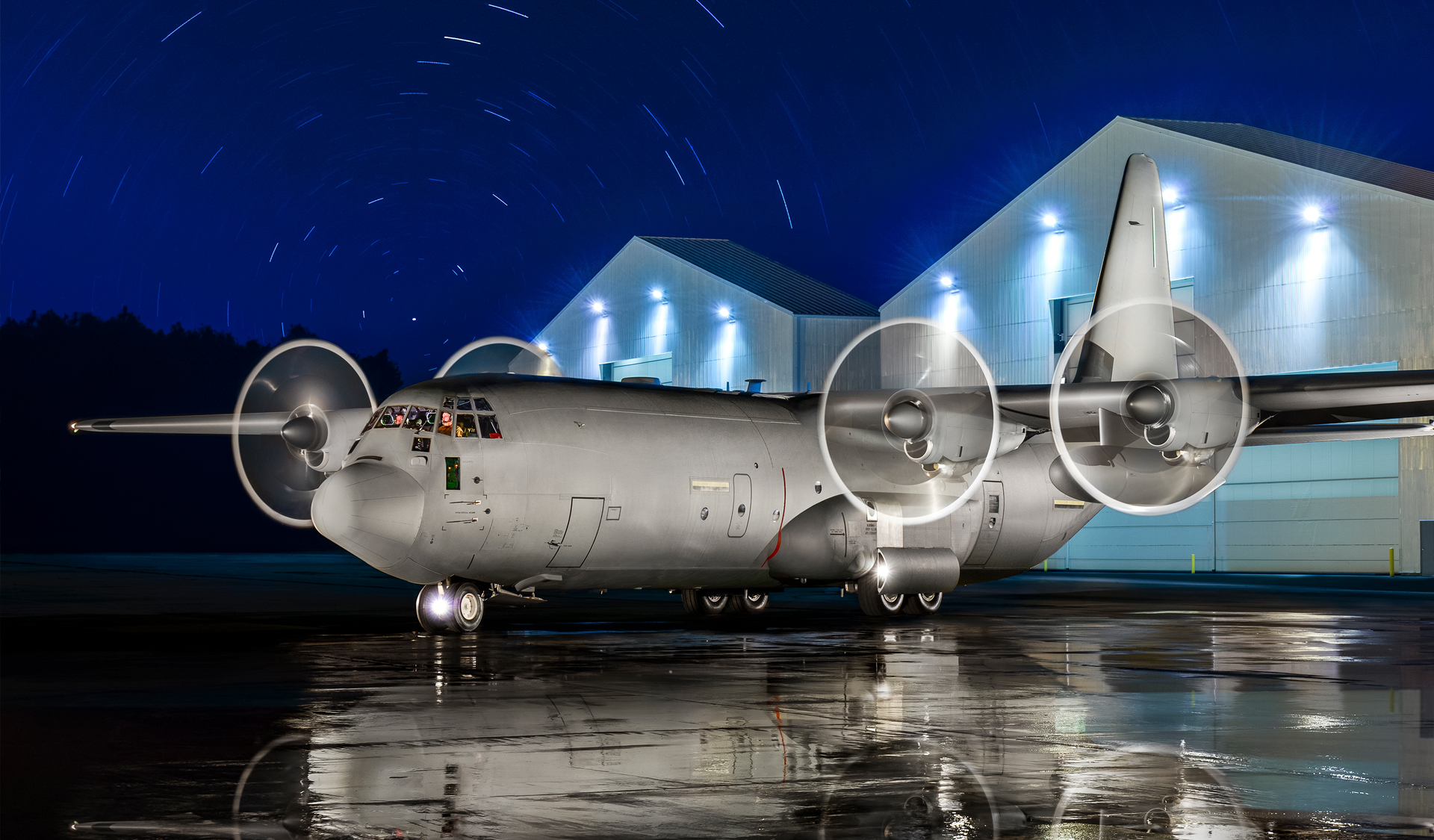

Tata Advanced Systems Limited (TASL), a Mumbai-headquartered company, and US-based Lockheed Martin are currently engaged in discussions to collaborate on offering the Made in India C-130J Super Hercules aircraft to the Indian Air Force (IAF). This move comes as the IAF aims to meet its requirement for 60-80 Medium Transport aircraft. With Tata Lockheed Martin Aerostructures Limited (TLMAL) already manufacturing the empennage of the C-130J Super Hercules in Hyderabad, the two companies have established a strong working relationship over the past decade.
TLMAL’s manufacturing facility in Adibatla, Hyderabad, has been instrumental in producing components for the C-130J Super Hercules. In recent years, there has been significant progress in indigenizing the empennage, with localization levels rising from 85% to over 95%. This achievement underscores the commitment of both TASL and Lockheed Martin to the “Make in India” initiative, which aims to enhance indigenous defence production capabilities and reduce dependence on imports.
Continue readingSOURCE: RAUNAK KUNDE / NEWS BEAT / IDRW.ORG
.jpg)

BEML, in collaboration with the Indian Institute of Technology (IIT) Kanpur, has completed internal trials of its indigenously developed 25 kg Class Tactical Unmanned Aerial Vehicle (UAV). The UAV has been designed to carry versatile payloads weighing up to 3.0 kg, including day and night cameras. It possesses the capability to take off and land on short runways, maintain continuous flight for 8 hours, and has a radio range of 50 kilometers.
Confirming the completion of trials last year, BEML has announced that the Tactical UAV is now ready for user trials, and discussions are underway with the Indian Army for conducting these trials. As part of its plans, BEML intends to offer Tactical UAVs with different payloads, and it is actively engaging with private sector companies for this purpose.
Continue readingSOURCE: RAUNAK KUNDE / NEWS BEAT / IDRW.ORG
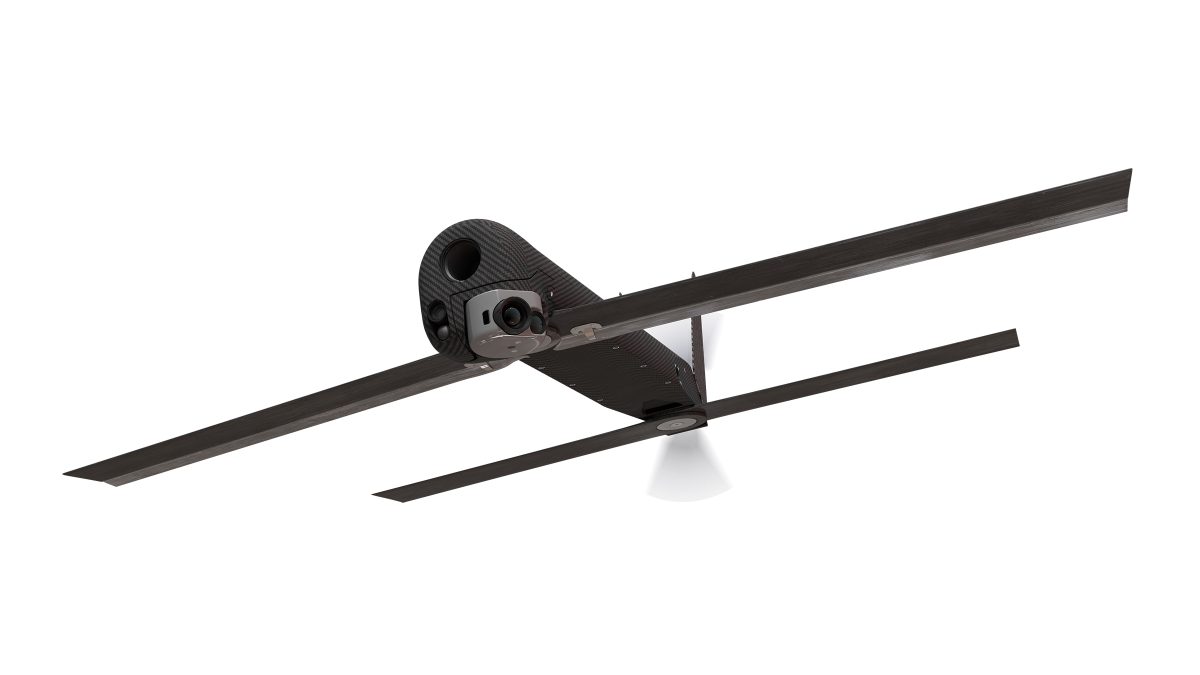

The Indian Army, after successfully inducting loitering munition or suicide drones capable of taking out heavily fortified main battle tanks and armored vehicles, is now engaged in discussions with private defense sector companies in the country to develop a low-cost Miniature Loitering Munition. This weapon is specifically designed to neutralize a single soldier or a small group of soldiers in a bunker.
The Miniature Loitering Munition should possesses several advantageous features, including a compact size and a quiet motor, making it extremely difficult to detect, recognize, and track, even at close range. It can be easily carried in a backpack, rapidly deployed, and operated manually or autonomously, offering versatility in combat situations.
Continue readingSOURCE: RAUNAK KUNDE / NEWS BEAT / IDRW.ORG
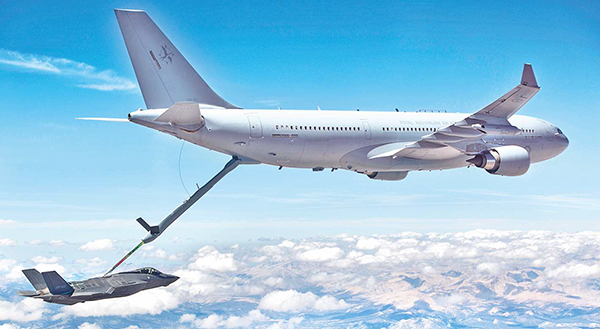

The Indian Navy, responsible for operating its aviation fleet across two aircraft carriers and with plans to expand its fighter jet capabilities for a proposed third aircraft carrier, is now considering the acquisition of Flight Refuelling Aircraft (FRA) to augment the range and endurance of its aerial platforms.
Insiders familiar with the matter have revealed to idrw that the Indian Navy is contemplating the procurement of at least three Flight Refuelling Aircraft (FRA) to meet its specific requirements. The Indian Air Force (IAF), which currently operates only six Russian IL-78 midair refuelers, has no surplus aircraft available for the Indian Navy’s needs.
Continue readingSOURCE: RAUNAK KUNDE / NEWS BEAT / IDRW.ORG


Bharat Dynamics Limited (BDL) has successfully developed the 3rd generation man-portable Anti Tank Guided Missile (ATGM), Amogha-III, and is now considering the development of a low-cost air-launched variant. This variant aims to provide an effective range of over 5 kilometres when fired from attack helicopters such as HAL’s Prachand and Rudra.
The Amogha-III ATGM incorporates a dual-mode IIR Seeker, offering a range of 200 to 2500 meters, which can be utilized in lock-on-before-launch (LOBL) mode. Its anti-armour tandem warhead possesses the capability to penetrate more than 650 mm beyond Explosive Reactive Armour (ERA), enhancing its effectiveness against armoured targets.
Continue readingSOURCE: RAUNAK KUNDE / NEWS BEAT / IDRW.ORG

State-owned Hindustan Aeronautics Limited (HAL) has confirmed that it will not pursue the development of an armed variant for the HTT-40 Basic Trainer Aircraft. This decision comes as there is currently no demand for such a variant from the primary user, the Indian Air Force (IAF).
The HTT-40 is a turboprop aircraft designed to deliver excellent low-speed handling qualities and enhance training effectiveness. This fully aerobatic tandem seat turbo trainer features an air-conditioned cockpit, modern avionics, hot refuelling capability, running changeover, and zero-zero ejection seats.
Continue readingSOURCE: RAUNAK KUNDE / NEWS BEAT / IDRW.ORG
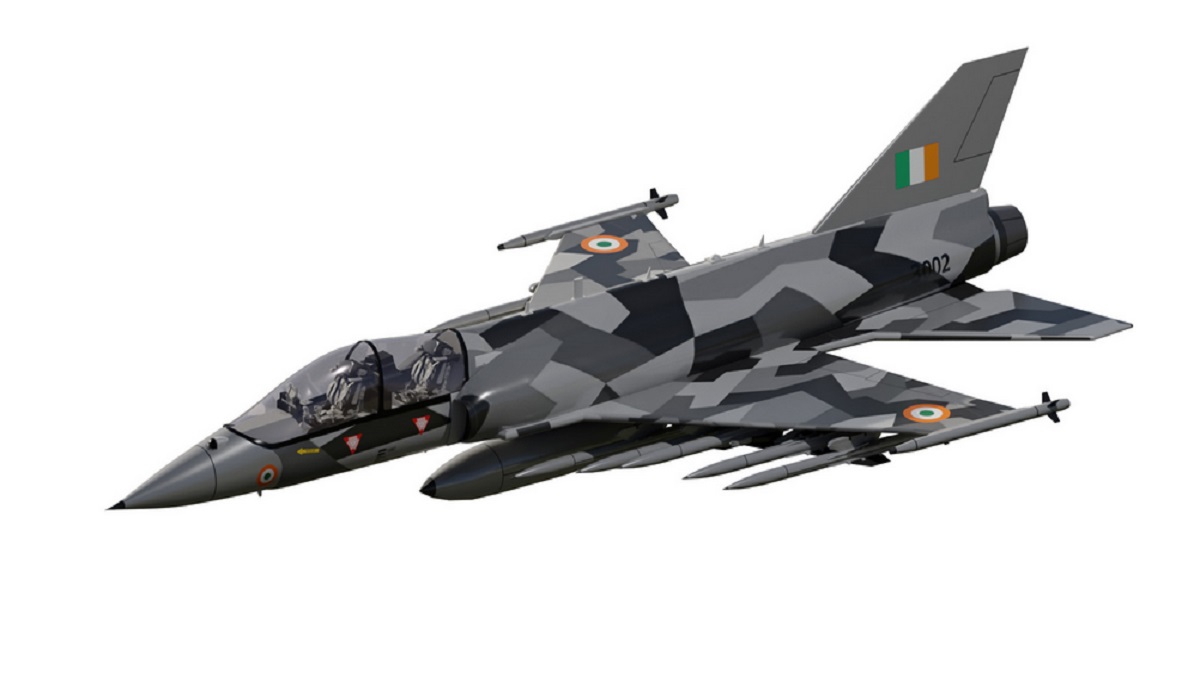

State-owned company HAL (Hindustan Aeronautics Limited) has announced plans to collaborate with private sector companies to develop the HLFT-42 ‘Next Gen Supersonic Trainer.’ This advanced trainer aircraft is expected to play a critical role in modern combat aircraft training, equipped with cutting-edge avionics such as Active Electronically Scanned Array, Electronic Warfare Suite, Infrared Search and Track (IRST), and Fly By Wire control (FBW) system.
The project, initially conceptualized by HAL in 2017, has made progress in terms of design and development. The HLFT-42 is intended to support the training needs of various aircraft models, including LCA Mk II, Advanced Medium Combat Aircraft (AMCA), and Multi-Role Fighter Aircraft (MRFA). Additionally, HAL is also seeking a next-generation aero-engine with higher thrust capabilities for the aircraft.
Continue readingSOURCE: RAUNAK KUNDE / NEWS BEAT / IDRW.ORG
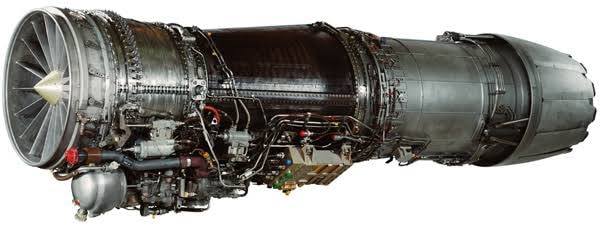

GE Aerospace will be providing support for the supply of components for the F-404 engines that will power the Tejas Mk1A fighter jets. As part of this initiative, a dedicated engine test facility will be established at the base depot level to cater to the fleet’s requirements.
Hindustan Aeronautics Limited (HAL), the state-owned aerospace company, had previously placed an order for 99 F404-GE-IN20 engines worth $716 million. These engines will be utilized in the production of 83 indigenous LCA Mk1A Tejas light combat aircraft. HAL had previously procured 45 F404 engines from GE and was responsible for providing fleet support to the Indian Air Force (IAF) on behalf of GE.
Continue readingSOURCE: RAUNAK KUNDE / NEWS BEAT / IDRW.ORG
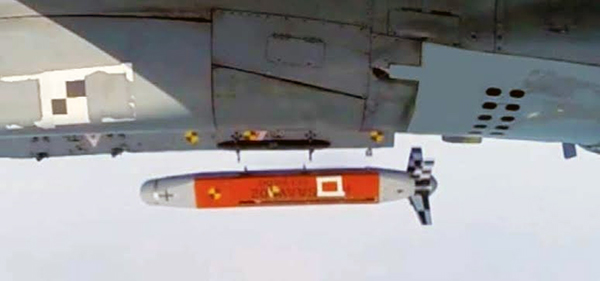

Bharat Dynamics Limited (BDL) is currently engaged in discussions with the Indian Air Force (IAF) to finalize a contract for the procurement of an indigenously-developed smart anti-airfield weapon. This advanced weapon system has been developed by the Defence Research & Development Organisation (DRDO). BDL anticipates receiving orders later this year, with the production of the Smart Anti-Airfield Weapon (SAAW) scheduled to commence in 2024-25.
The DRDO has conducted tests for two different configurations of the SAAW. One configuration incorporates satellite navigation and an electro-optical sensor, while the other features an electro-optical system equipped with Imaging Infra-Red (IIR) Seeker technology. The inclusion of the IIR seeker enhances the weapon’s precision strike capability, demonstrating its effectiveness in 2021.
Continue readingSOURCE: RAUNAK KUNDE / NEWS BEAT / IDRW.ORG


India’s Defence Research and Development Organisation (DRDO) is set to initiate developmental trials for the Long-Range Land Attack Cruise Missile (LRLACM) following the completion of planned flight tests for its Indigenous Technology Cruise Missile (ITCM). The ITCM serves as a technology demonstrator program aimed at validating the capabilities of the indigenously developed small turbofan engines (STFEs), and the trials are scheduled to conclude later this year.
According to insiders familiar with the matter, the developmental trials for the LRLACM are expected to commence by mid-2024 or later. The trials will showcase the integration of the STFE engine along with an upgraded X-band imaging synthetic aperture radar, boasting an impressive range of 1,500 kilometers.
Continue readingSOURCE: RAUNAK KUNDE / NEWS BEAT / IDRW.ORG


In a positive turn of events, India has successfully re-engaged Germany’s ThyssenKrupp Marine Systems (TKMS) for the Project-75I tender. Following productive talks between the Indian and German defence ministers, Germany has assured that it will submit a response to the Request for Proposal (RFP) before the deadline of 1st August. This proactive step is aimed at avoiding the need for a retendering process due to a lack of response.
Reportedly, TKMS has proposed its Type 214 submarine class, specifically designed for the export market, to India. These diesel-electric submarines come equipped with advanced features, including an air-independent propulsion (AIP) system that utilizes Siemens polymer electrolyte membrane (PEM) hydrogen fuel cells. This enables the submarine to remain submerged for an impressive duration of up to 84 days.
Continue readingSOURCE: RAUNAK KUNDE / NEWS BEAT / IDRW.ORG
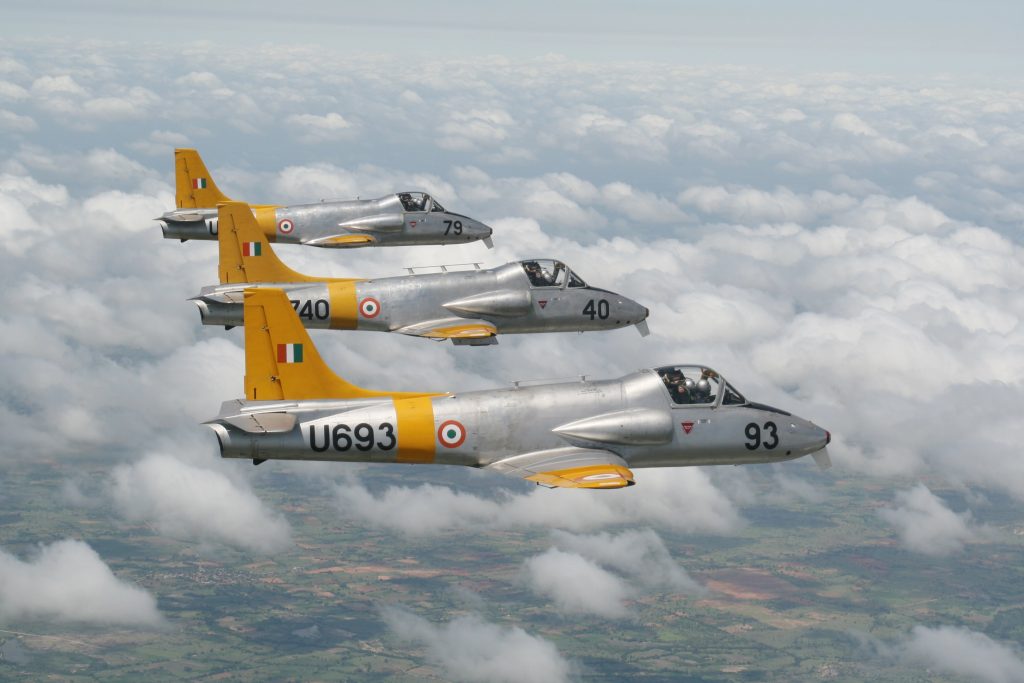

The Indian Air Force (IAF) is set to retire its ageing Kiran trainer aircraft from 2025 onwards and replace it with the Sitara intermediate jet trainer (IJT) developed by Hindustan Aeronautics Limited (HAL) starting in 2026. According to sources familiar with the matter told idrw, HAL has assured the IAF that the IJT will complete all pending trials and meet the requirements for induction into the air force.
One of the key milestones in the development of the Sitara IJT was the successful completion of spin trials. Following major modifications to the rear tail section in 2019, the aircraft has demonstrated six spin turns, as mandated by the IAF. This achievement has instilled confidence in HAL and the IAF that the Sitara IJT is ready to progress to user trials.
Continue readingSOURCE: RAUNAK KUNDE / NEWS BEAT / IDRW.ORG


The upcoming Netra MkII Airborne Early Warning and Control System (AEW&CS), based on the Airbus A321 platform, will introduce a range of improvements to its capabilities. The system is designed to perform functions such as Search, Detect, Track, Identify, Integrate Sensor Data, Communicate with Ground and Air Stations, Conduct Threat Evaluation, Assign Weapons and Intercept Control, Intercept and Analyze Communication Signals, and Conduct Border Control and Surveillance of Economic Zones.
One significant enhancement in the AEW&C MkII is the integration of a new and improved AESA-based Primary Radar (PR). This advanced radar system offers an extended range, providing a broader coverage area. Additionally, insiders familiar with the matter have confirmed idrw that the upgraded radar will possess enhanced capabilities to track ballistic missiles.
Continue readingSOURCE: RAUNAK KUNDE / NEWS BEAT / IDRW.ORG


In light of uncertainties surrounding the halted negotiations between India and Russia for the acquisition of 10 Kamov Ka-31 airborne early warning helicopters, Indian Navy officials have begun seeking alternatives to fulfil their requirements. The deal, valued at $520 million, was put on hold due to concerns over arms supplies amid Russia’s invasion of Ukraine last year. However, the Indian Navy, which currently operates 14 Ka-31 helicopters, requires these aircraft for the effective airborne surveillance and control (ASaC) of other aircraft within the strike group of its second aircraft carrier, INS Vikrant.
Insiders familiar with the matter have confirmed that the Ka-31 deal is unlikely to proceed soon. Consequently, Indian Navy officials have initiated the search for suitable alternatives to fulfil their airborne early warning craft needs.
Continue reading